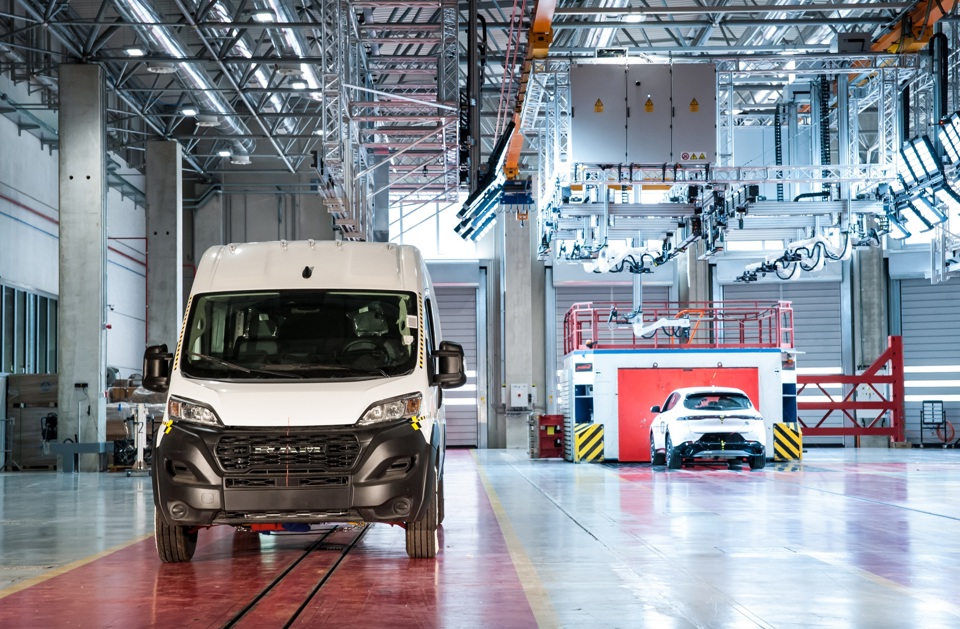Stellantis has invested more than £28 million in two of its engineering hubs to boost the range of its future electric models and to develop autonomous driving technology.
The inititive is part of the car maker’s Dare Forward 2030 plan, which targets a 50% reduction in carbon emissions from 2021 levels by 2030 and carbon net zero emissions by 2038.
"Our world-class tech hubs across the globe are doing the work today that will make tomorrow's Stellantis vehicles industry leaders in capability, performance and safety," said Harald Wester, Stellantis chief engineering officer.
The Stellantis Orbassano Safety Centre, near Turin, Italy, has been upgraded to host four test tracks with four impact points and capabilities for full testing of battery-electric vehicles (BEVs) and automated driving technology.
Its Wind Tunnel, in Auburn Hills, Michigan, US, is being scaled up with the addition of moving ground plane technology, simulating on-road travel and providing more accurate aerodynamics measurement of vehicles. By reducing wind drag, Stellantis said it can improve the driving range of BEVs.
It has the capability to test all types of electrified vehicles - mild hybrid, plug-in hybrid and battery electric. The facility currently runs at least two crash tests a day and is on track to test more than 275 electrified vehicles this year.
Orbassano's test tracks include a computer-driven camera positioning system, enabling Stellantis engineers to evaluate current and future vehicle designs.
The new tracks are ready to accommodate future test modes related to the introduction of automated driving functions on all types of vehicles.
At the Stellantis wind tunnel complex, construction is in progress to install moving ground plane technology (rolling road), which simulates on-road travel while allowing test vehicles to remain static
Aerodynamic efficiency is a crucial difference-maker in the drive to optimise the distances electrified vehicles can travel on a single charge. That requires simulating the real driving world as accurately as possible.
Belts enable wheel movement at all four corners of the vehicle while a fifth belt runs beneath the vehicle as if it were rolling over a roadway. Moving ground plane technology also enables measurement of ventilation drag, which is the resistance associated exclusively with wheels and tyres in motion. It accounts for up to 10% of total, real-world aerodynamic drag.
> Interested in comparing electric vehicle data? Check out our EV tool.
> Interested in ensuring the efficient use of EVs. Check out our dedicated editorial sections: Insight & policy | EV news | Charging & infrastructure | Costs & incentives | Benefit-in-kind | EV case studies | EV road tests























Login to comment
Comments
No comments have been made yet.